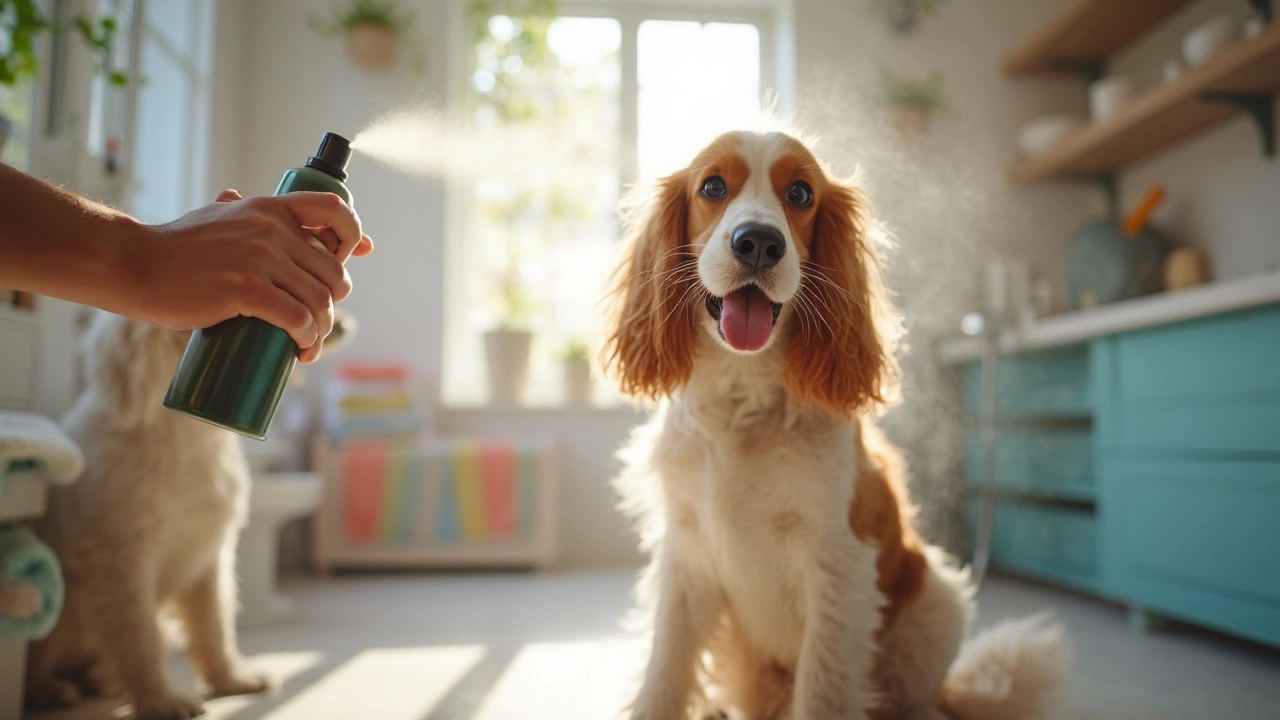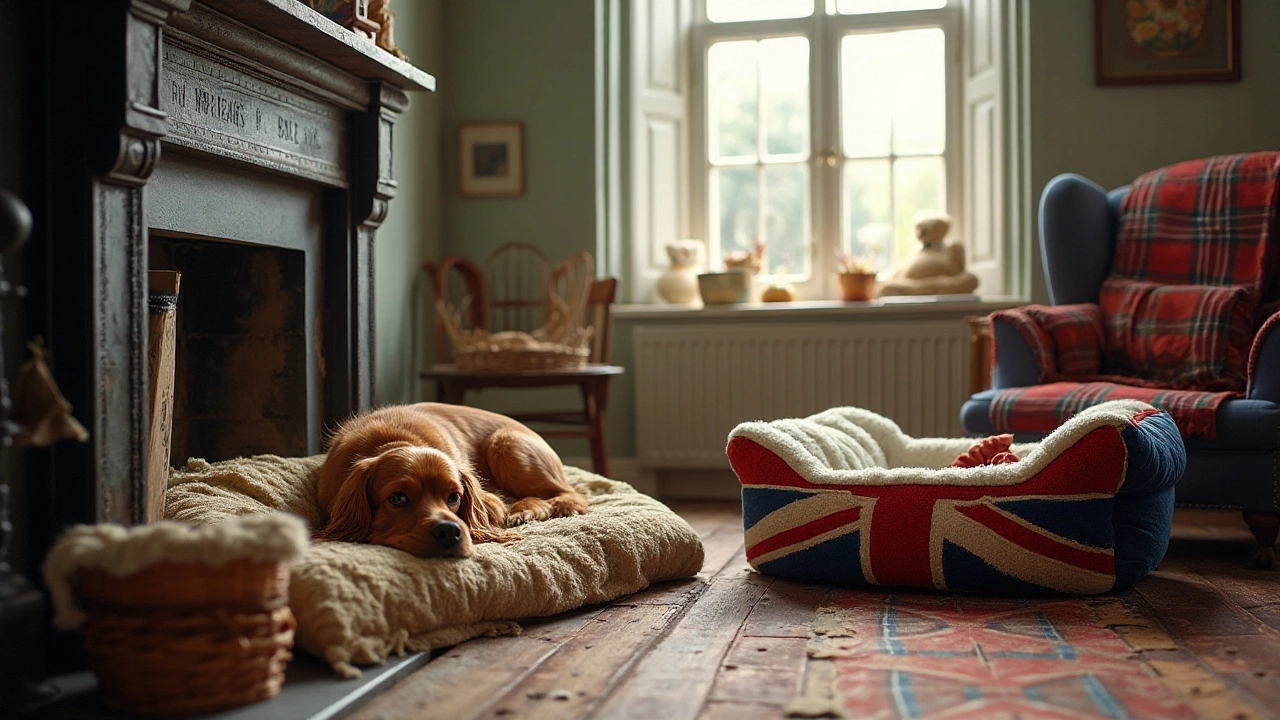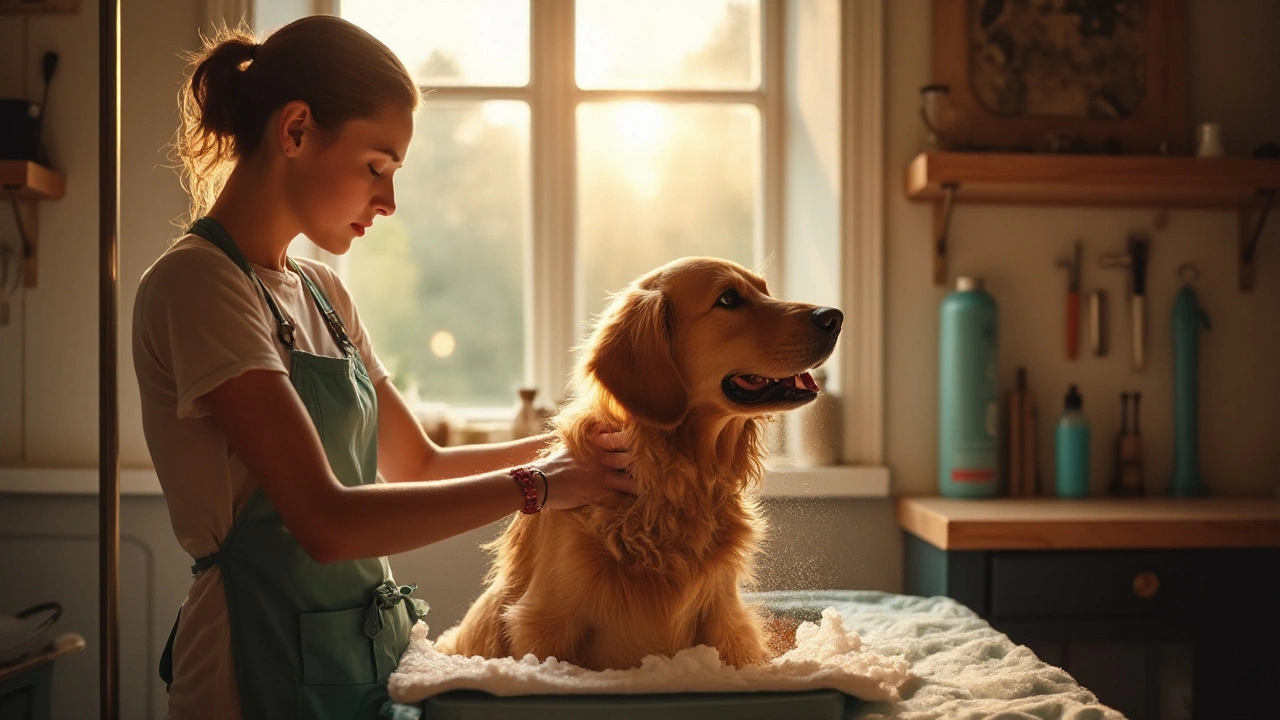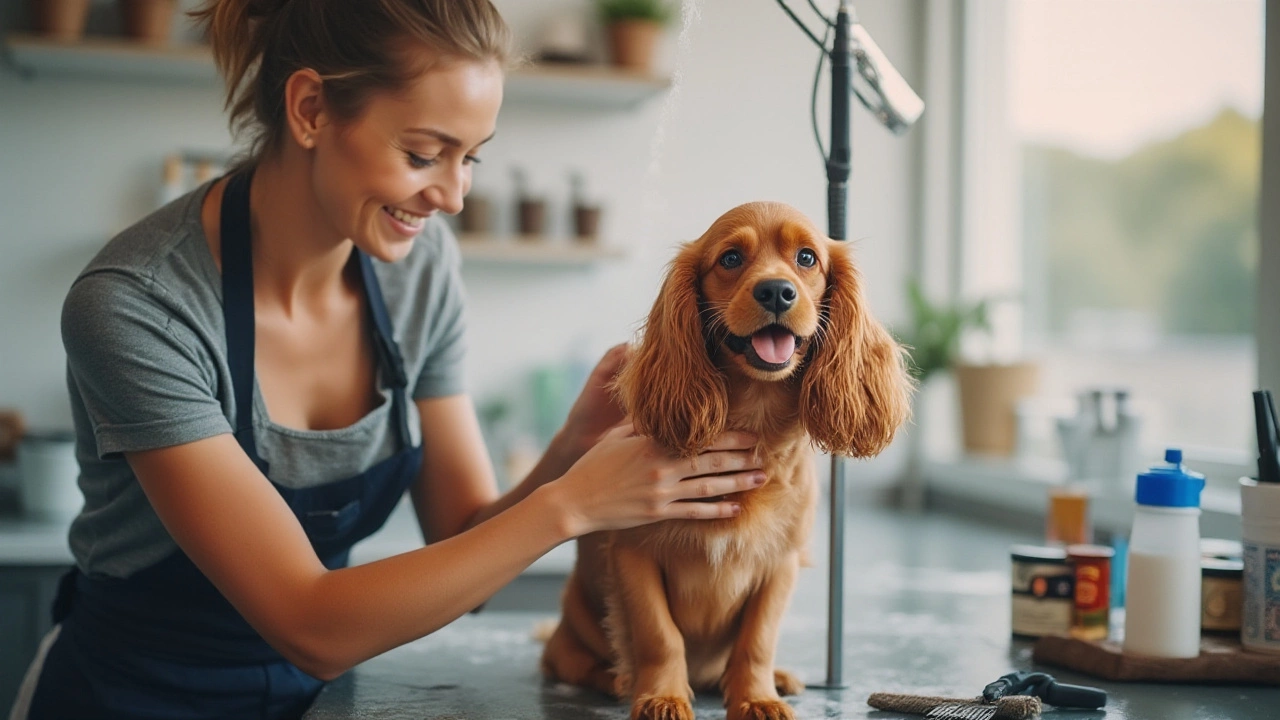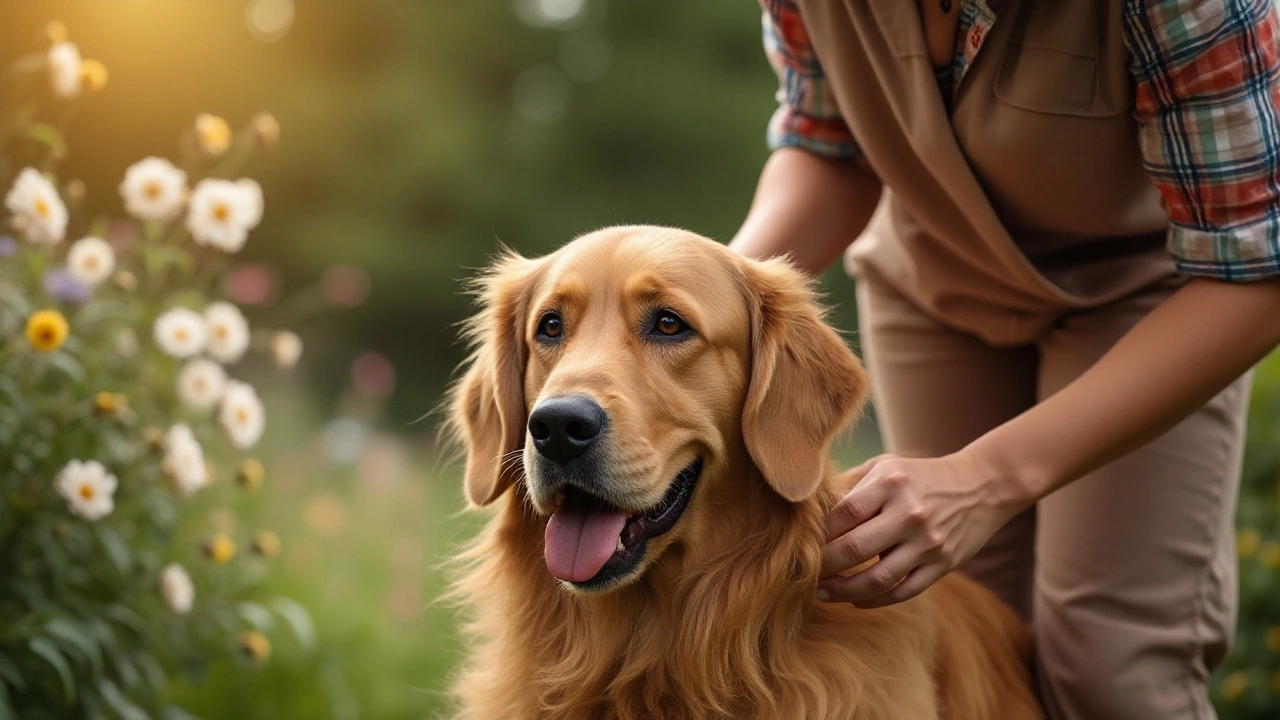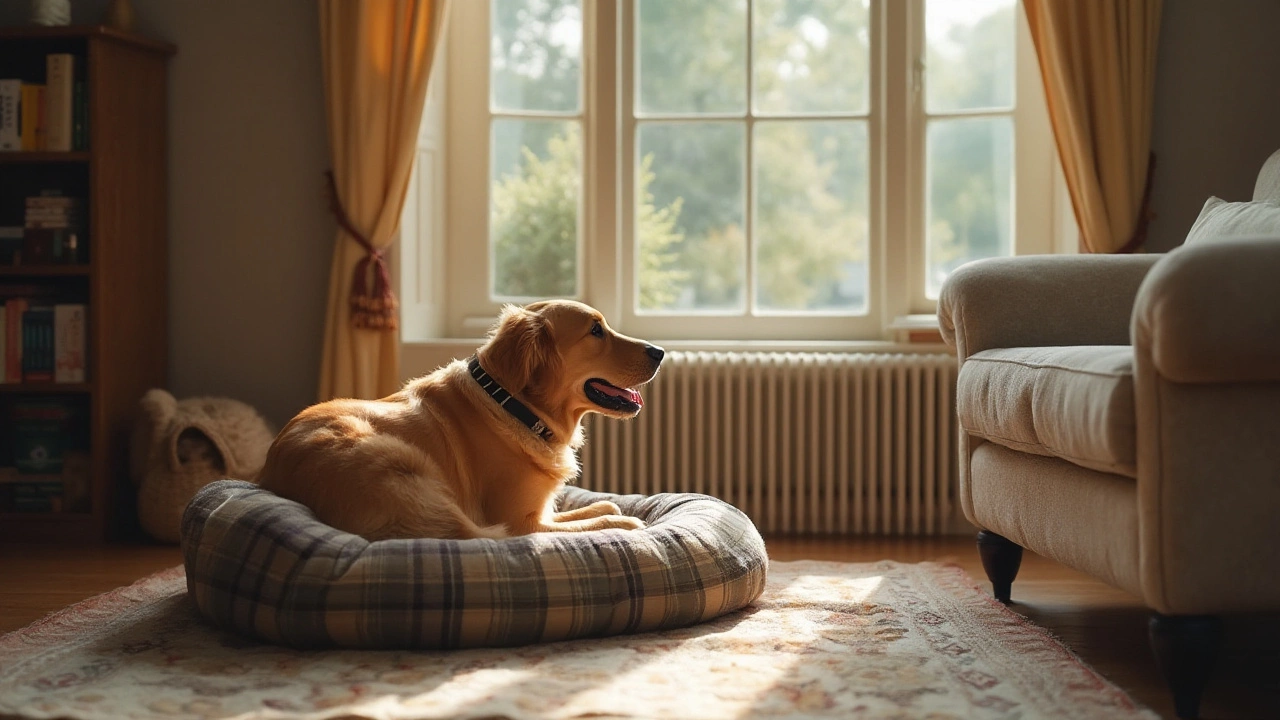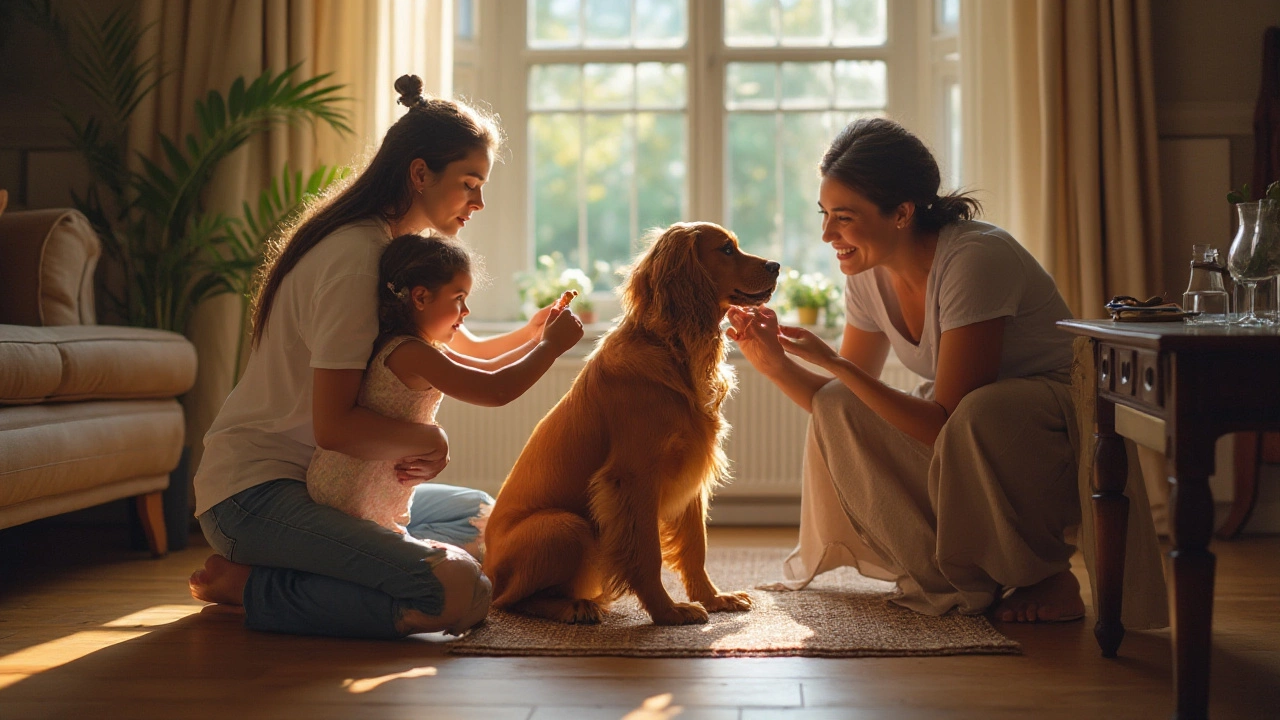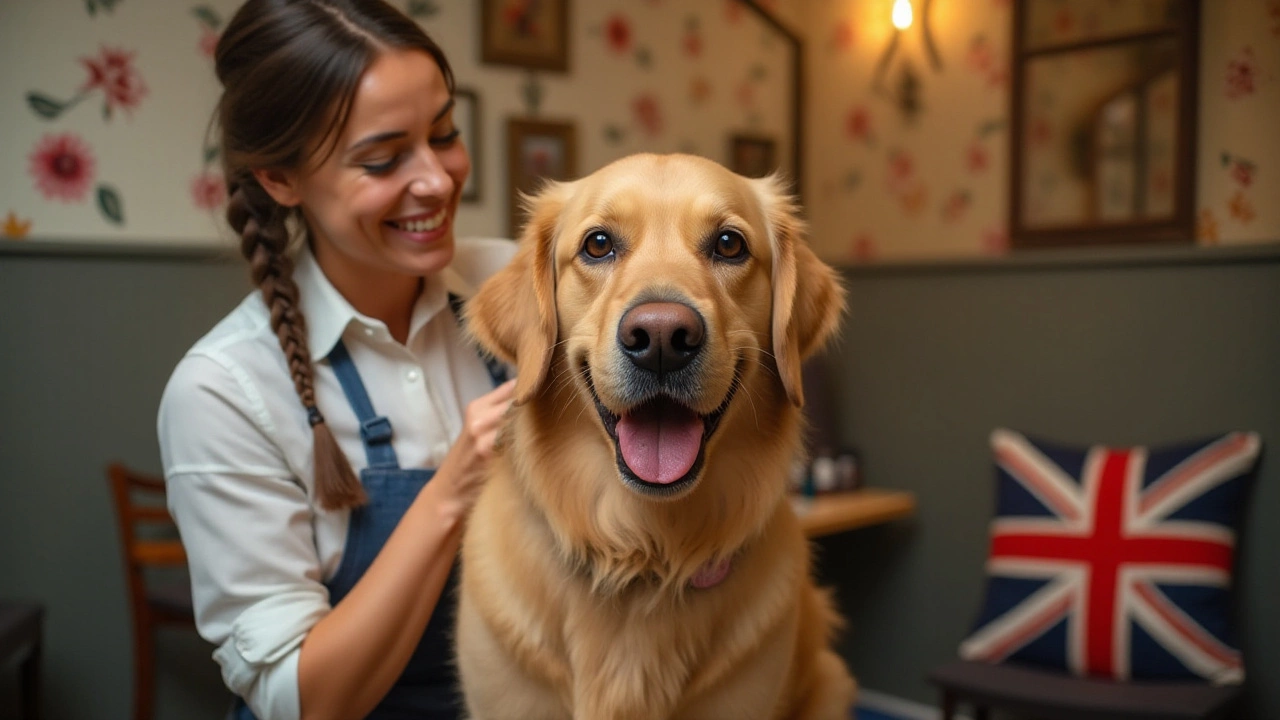Pet Care Tips & Advice – Everything You Need to Keep Your Pets Happy
Looking after a dog or cat can feel like a full‑time job, but it doesn’t have to be overwhelming. The right routine, a few safety checks and some smart choices can make life easier for you and healthier for your pet.
On this page you’ll find straight‑forward advice on everyday health, safe gear, grooming tricks, travel hacks and the basics of supplements. No jargon, just clear steps you can start using today.
Everyday Health & Safety
First things first – a collar isn’t just a fashion statement. It should fit snugly but not choke, and a breakaway version saves pets that love to slip out of tight spots. If you’re unsure, feel two fingers between the collar and your dog’s neck; that’s a good rule of thumb.
Vaccinations keep illness at bay. Follow a core schedule for dogs and cats, and add boosters as your vet advises. Keep a simple spreadsheet or set phone reminders so you never miss a shot.
Nutrition matters more than you think. Look for dog and cat foods that list a real meat source first and avoid excess fillers like corn or wheat. If you’re adding supplements, ask your vet whether fish oil, glucosamine or a multivitamin is needed for your pet’s age and breed.
Regular check‑ups catch problems early. A quick paw inspection each week helps you spot cuts, ticks or skin issues before they become serious. Teeth cleaning, even with a simple dog‑friendly brush, reduces bad breath and gum disease.
Travel, Grooming and Training Basics
Planning to fly with your dog? Most airlines require a health certificate and a sturdy crate. A crate with a padded blanket keeps your pet calm, but remove the blanket if the temperature gets high. For short trips, a harness is safer than a collar because it spreads pressure across the chest.
Grooming isn’t just about looks. Bathing before a professional grooming session removes loose hair and makes the process smoother. If you’re doing it at home, use a dog‑specific shampoo and rinse thoroughly to avoid skin irritation.
Training collars spark debate. If you choose one, opt for a gentle, vibration‑only model and only use it under professional guidance. Positive reinforcement – treats, praise, play – works for most dogs and avoids the risk of fear or aggression.
When you’re out shopping, check local rules before bringing your pet into stores. Some states allow dogs in pet‑friendly shops, while others restrict entry to service animals only. Knowing the policy saves you a lot of awkward moments.
Finally, give your pet a comfy spot to rest. A blanket in a crate or a dedicated dog bed supports joints and reduces anxiety, especially for older dogs. Keep the bedding clean and replace it when it starts to smell or fray.
Pet care is a collection of small habits that add up to a healthier, happier life for your furry friend. Start with one change – a better‑fitting collar, a quick health check, or a short grooming session – and build from there. Your pet will thank you with wagging tails, purrs, and years of companionship.
- Morgan Ainsworth
- 0 Comments
Should I Cover My Puppy’s Crate at Night? Safe and Comfortable Solutions Explained
Thinking about covering your puppy’s crate at night? Discover the real benefits, possible risks, and simple tips to help your pup sleep better and feel secure.
View More- Morgan Ainsworth
- 0 Comments
What Do Groomers Deodorize Dogs With? Best Products and Pro Tips
Ever wondered what the pros use to keep dogs smelling awesome after a grooming session? This article breaks down the real tools and products groomers reach for when deodorizing dogs. Discover different sprays, shampoos, and natural fixes that make bad smells vanish. Learn which ingredients are safe and which ones to avoid on your pup’s coat. Plus, get practical tips to keep your dog fresh at home, just like after a trip to the salon.
View More- Morgan Ainsworth
- 0 Comments
Is It Okay to Leave Dry Dog Food Out All Day?
Leaving dry dog food out all day might seem simple, but it comes with some considerations. Understanding the pros and cons can help ensure your furry friend's health and happiness. This article explores the effects of leaving dry dog food out, such as possible freshness concerns, and offers practical tips on how to manage your dog's diet effectively. Discover what factors you need to consider to make the best decision for your pet.
View More- Morgan Ainsworth
- 0 Comments
The #1 Ingredient Your Dog Food Needs Most
Choosing the right dog food can be challenging with so many options available. But when it comes to ensuring your furry friend gets the best nutrition, the primary ingredient plays a crucial role. This article highlights the top ingredient that should be in dog food and explains why it's essential for a dog's overall health. With practical tips and interesting facts, you'll gain a deeper understanding of how to choose the best food for your dog.
View More- Morgan Ainsworth
- 0 Comments
When to Replace Your Dog's Bed for Optimal Comfort
A dog bed is one of the most important accessories for your furry friend, providing a dedicated space for rest. Over time, wear and tear can diminish the comfort and support it offers. Knowing when to replace your dog's bed is essential for ensuring their well-being and satisfaction. This article will guide you through the signs that indicate it's time for a new dog bed and offer tips on choosing the right one for your pet's needs.
View More- Morgan Ainsworth
- 0 Comments
Comprehensive Dog Grooming: What to Expect
Grooming is a crucial aspect of a dog's health and well-being. This article delves into the various components of full dog grooming, including bathing, fur trimming, nail clipping, ear cleaning, and dental care. It offers tips for choosing the right groomer, understanding different grooming techniques, and preparing your pet for their grooming sessions. From maintaining cleanliness to ensuring a shiny coat, discover the essential elements that contribute to a happy and healthy pup.
View More- Morgan Ainsworth
- 0 Comments
Do Groomers Cut or Wash Dogs First? Understanding the Process
Dog grooming is an essential part of pet care, but many owners wonder whether groomers wash or cut first. This article delves into the groomer's process, explaining the rationale behind the order of washing and cutting. It provides pet owners with insightful information on how these services ensure the best results and what steps are typically taken for different dog breeds. Additionally, you’ll find useful tips to ensure a stress-free grooming experience for your furry friend.
View More- Morgan Ainsworth
- 0 Comments
The Ultimate Guide to Dog Grooming and Bathing Frequency
Grooming and bathing your dog is essential not just for their cleanliness but also for their overall health and well-being. While the frequency varies based on the breed, coat type, and lifestyle, it's important to establish a routine that suits your furry friend. From understanding the needs of short-haired versus long-haired breeds to recognizing the signs that your dog needs a bath, this guide provides valuable insights. Learn tips and tricks to make grooming a fun and stress-free experience for both you and your pet.
View More- Morgan Ainsworth
- 0 Comments
Exploring the Efficacy of Calming Collars for Dogs
Calming collars for dogs are marketed as a solution for reducing anxiety and stress in canines. Pet owners often seek these collars with hopes of easing behaviors like excessive barking or restlessness. But do they genuinely work, or are they just another gimmick? This article delves into the science behind calming collars, reviews their benefits and limitations, and offers helpful tips for addressing dog anxiety.
View More- Morgan Ainsworth
- 0 Comments
Should You Keep Dry Cat Food Available All Day? Pros and Cons
Deciding whether to leave dry cat food available all day can be a challenging choice for cat owners. This article delves into the practicality, health implications, and tips to consider when choosing this feeding method. It examines various aspects like cat behavior, dietary needs, and environmental factors. Readers will find insights into making an informed decision in line with their feline friend's well-being.
View More- Morgan Ainsworth
- 0 Comments
Dog Grooming: Understanding the Time It Takes to Pamper Your Pet
Grooming your dog is not just about making them look good; it's a vital part of their health and well-being. The time required for grooming depends on various factors including the dog's breed, coat type, and behavior. With the right knowledge and equipment, you can ensure a smooth and stress-free grooming experience for both you and your pet. Learn how to gauge the time needed and discover tips to make the process efficient and enjoyable.
View More- Morgan Ainsworth
- 0 Comments
Do Dogs Shed Tears During Grooming?
Many dog owners wonder if their furry friends cry during grooming sessions. While dogs do not cry tears out of emotion like humans, they can still exhibit stress or discomfort through other behaviors. Understanding these signals is pivotal in ensuring a comfortable grooming experience for both the pet and the groomer.
View More

